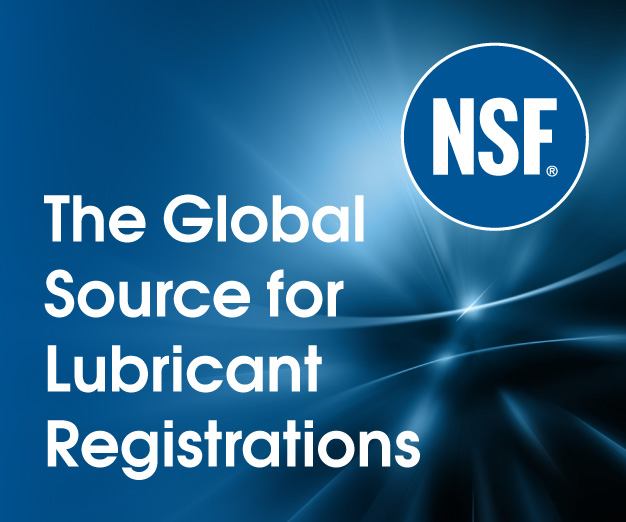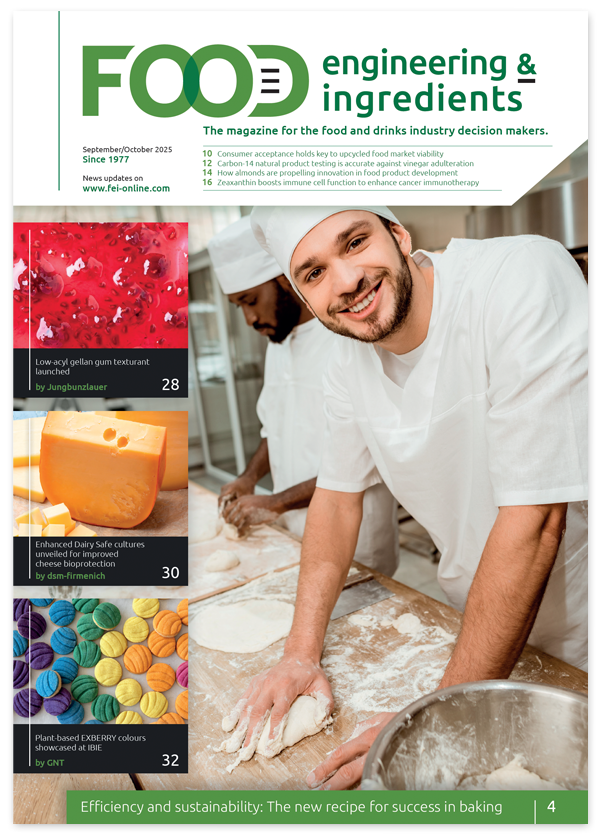3H Labs launches Himalayan gotu kola extract targeting age-related vision decline
South Korean nutraceutical company 3H LABS has launched Himalca™, a proprietary gotu kola extract targeting eye health applications in US and European markets. The standardised Centella asiatica extract represents a shift from the botanical’s traditional cognitive and dermatological applications towards ocular wellness, supported by emerging clinical evidence.
Himalayan cultivation and extraction methodology
The raw material originates from hand-harvested gotu kola cultivated above 5,000 feet in the Himalayan region of India. This high-altitude cultivation approach aims to maximise botanical purity whilst minimising environmental contamination risks.
“By choosing hand-picking over mechanical harvesting, we not only ensure the selection of high-quality raw materials but also contribute to environmental preservation,” explained Jerry Bae, CEO and Founder of 3H LABS. “This low-impact method helps prevent pollution from fuel-powered equipment and protects the farmland, supporting long-term soil vitality and sustainable farming practices.”
The company employs a proprietary double extraction and filtration (DEF) process designed to concentrate asiaticosides, the triterpene compounds responsible for the extract’s bioactivity. This method produces a water-soluble powder with standardised potency verified through HPLC analysis.
Clinical evidence for macular protection
Research conducted by Hyelin Jeon, Ph.D., examined Himalca’s effects on macular pigment optical density (MPOD) in 80 adults with low baseline measurements. Following six months of daily supplementation, participants receiving Himalca demonstrated significant MPOD increases of 20.5% in the right eye and 5.1% in the left eye, averaging 14% improvement across both eyes. The placebo group showed no significant changes.
“This result suggests that Himalca can inhibit macular degeneration by inducing accumulation of antioxidant carotenoids in the macula,” noted Ryan Lee, Ph.D., Research Director of 3H LABS. “The retina is one of
the most active tissues in the body with high oxygen demand. It is particularly vulnerable to oxidative damage due to constant bombarded by light from the sun and the glow of digital devices.”
Cellular protection mechanisms
Laboratory studies reveal Himalca’s protective effects on ARPE-19 retinal cells against oxidative damage from A2E compounds – toxic molecules formed through light exposure, particularly blue light from digital screens. The extract activates cellular defence systems against oxidative stress whilst reducing cell death and preventing A2E accumulation.
Animal studies demonstrated Himalca’s capacity to prevent chemically induced retinal degeneration, restore retinal structure, and maintain rhodopsin and opsin proteins essential for visual function and colour perception.
Market positioning and patent protection
“Although Centella asiatica is widely hailed for its cognitive and skin benefits, our focus on eye health was driven by its strong antioxidant and cell-protective properties,” explained Lee. “Age-related macular degeneration
(AMD) is largely caused by oxidative stress in retinal cells. The use of natural agents for eye support is still a developing area and there are only a handful of scientifically validated options on the market.”
Himalca holds four patents and offers formulators flexibility across tablets, soft capsules, powders, jellies, and liquid applications. The ingredient was introduced recently at Vitafoods Asia 2025, and will be showcased at Hi Japan, and SupplySide West in October.
For more information, visit: https://www.himalca.com
Digital issue: Please click here for more information



